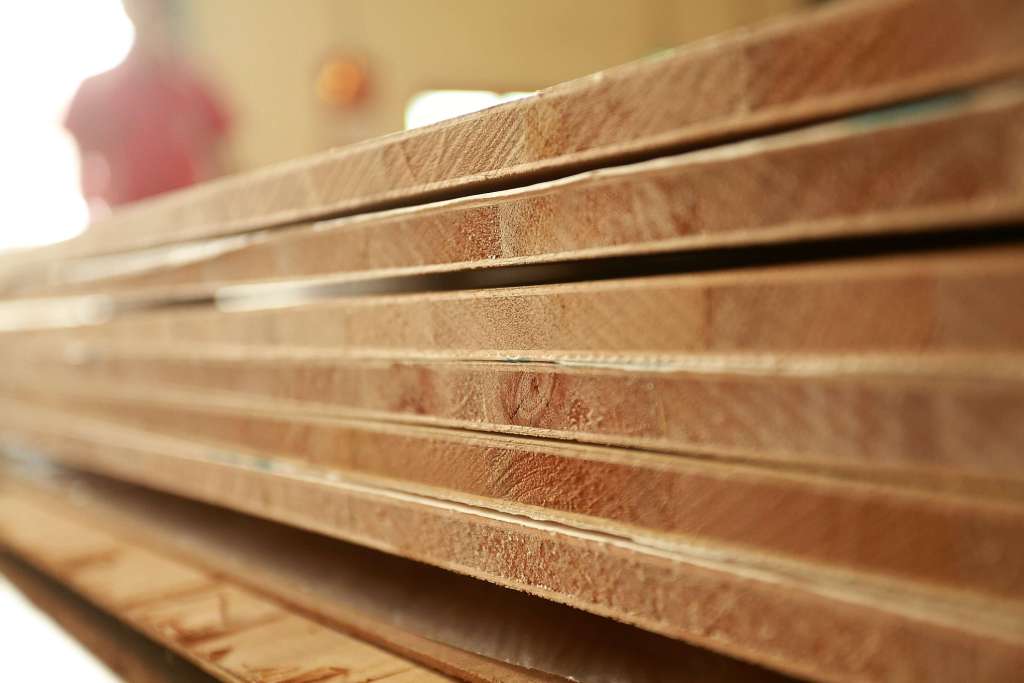
Blockboard is a relatively new type of engineered wood which is now extensively used in making furniture as substitute of plywood. Blockboard consists of a core made of softwood strips between the two layers of wood veneer. Blockboard is used in making bookshelves, benches, doors, shelves, tables, wall panelling and partition walls. Before buying blockboard, a homeowner must be aware of blockboard properties like weight, density, durability, strength, etc. Here we have tried to give brief information on various blockboard properties.

Role of Civil Engineer at Site
Courtesy - Chianglenghup
Following are the basic blockboard properties:
01. Weight and Density:
As it has core made of softwood whose density is less than that of hardwood, blockboards are light in weight as compared to plywood. Due to its lightweight nature, they are easy to transport and handle.
02. Strength and Durability:
As softwoods are soft and have low strength, blockboards have moderate strength. They are fairly strong as compared to particle board and MDF, but have less strength as compared to plywood, which has cross-laminated structure. Even though they have low density, they can withstand moderate loads. Blockboards are less durable as compared to plywood.
03. Resistance to Water:
Blockboards have fair resistance to water, they can be made waterproof by using BWP grade (Boiling Water Proof) resin for bonding the strips.
04. Resistance to Warping and Cracking:
Blockboards have good dimensional stability when exposed to humidity, and thus they have moderate resistance to warping and cracking.
05. Resistance to Sagging and Bending:
As they have stiffer structure, blockboards are less prone to sagging or bending. For furniture or any element whose length is more than 6 to 7 feet, blockboards are mostly preferred!
06. Fitting:
Blockboards have very good screw holding capacity, unlike particle board and MDF. They can hold nails very well and thus are used for making custom made furniture. Also they are used as core in flush doors, where screw holding capacity is essential.
07. Surface Finishing:
They are available in various finishes such as laminates, wood veneers, melamine, etc. They can also be painted and polished.
08. Ease of Working:
They do not split while cutting and can be cut using regular wood work tools. Therefore, many carpenters prefer to work with blockboards!
09. Sound and Thermal Insulation:
They are poor conductor of sound, heat and electricity. Thus they offer good sound and thermal insulation properties. Blockboards are used in partitions where soundproofing is required such as recording studios, radio stations, etc.
Also Read:
Pros and Cons of Blockboard
Size and Cost of Blockboard
7 Uses of Particle Board in Building Industry
Manufacturing Process of Wood Veneer

































